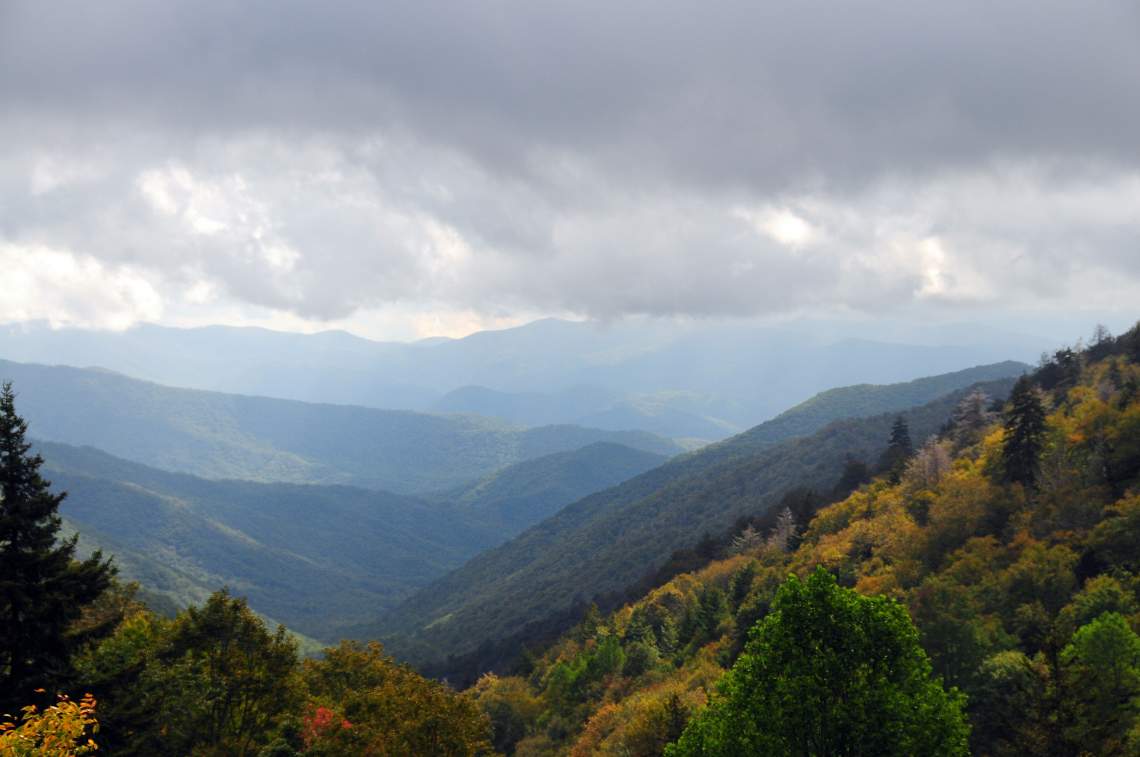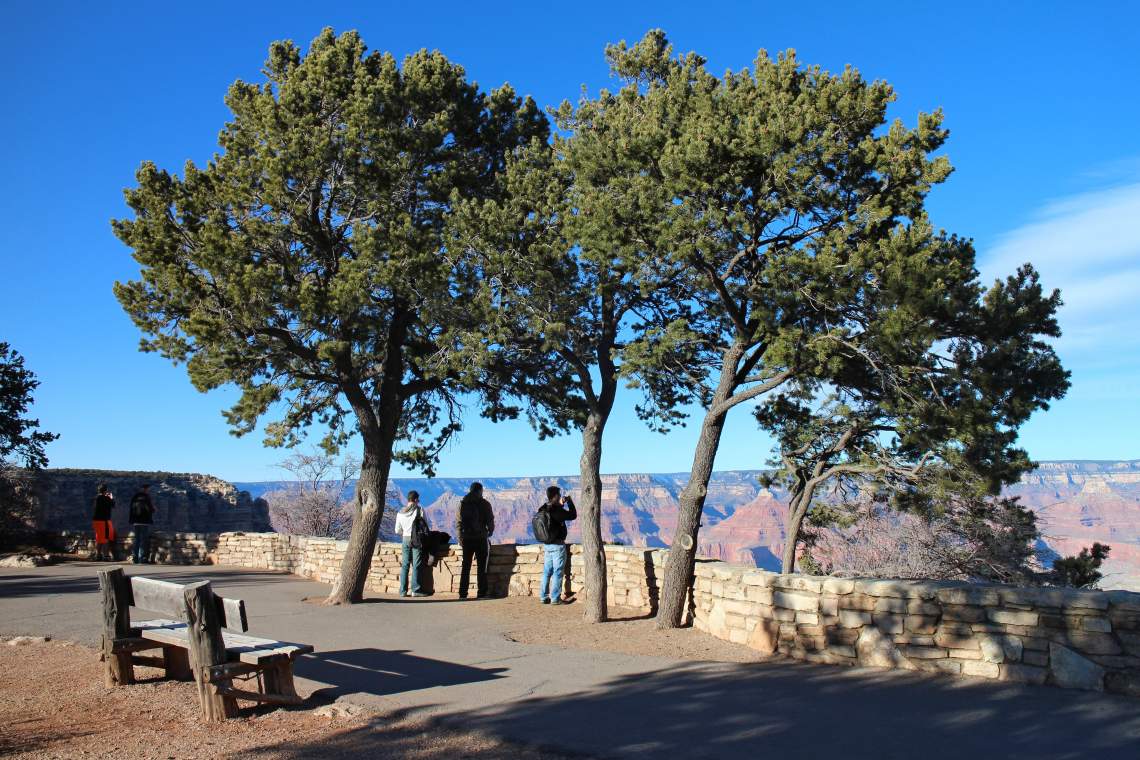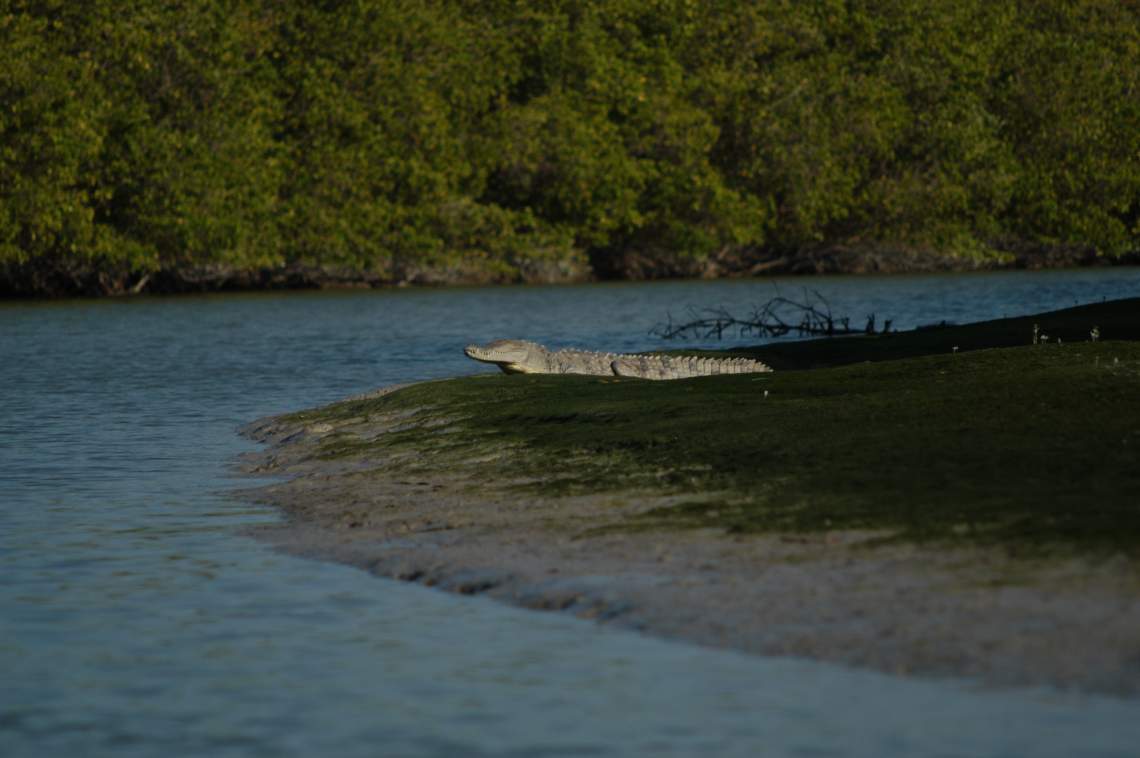The National Park Service was established over a 100 years ago to preserve the scenic natural wonders of the United States and leave them unimpaired for the enjoyment of future generations. To ensure their longevity, it is important to understand how they will be impacted by rising temperatures, more extreme weather patterns, and rising sea levels.
Here are just a few examples of how a changing climate will impact some of the most iconic and frequently visited national parks:
- Great Smoky Mountains National Park
- Grand Canyon National Park
- Everglades National Park
WHAT YOU CAN DO
Help ensure that our public lands continue to be beautiful places for all to enjoy by taking part in the 25th annual National Public Lands Day (NPLD) on September 22–the nation’s largest single-day volunteer effort for public lands.

Great Smoky Mountains National Park (Tennessee and North Carolina)
As the most visited national park, Great Smoky Mountains is a popular tourist destination. A changing climate threatens its ecosystems with earlier springs and changes in stream temperature and flow.
Bloom times for some species in the park are occurring earlier in the year due to warmer winters and are expected to occur even earlier in the future. Along with disrupting pollination timing, earlier blooms also make plants more susceptible to disease and insects.
Changes in stream temperature and flow can have a negative effect on survival of some species. For instance, Brook Trout that are native to cooler, high-elevation streams are facing competition from non-native fish species moving upstream due to warmer temperatures. As water temperatures rise and competition with other species increases, the trout may have few places left to reproduce.

Grand Canyon National Park (Arizona)
The Grand Canyon is known for its colorful stone monuments and unique habitats. The wildlife and vegetation found at Grand Canyon will be impacted by changing precipitation and temperature patterns. Temperatures in the area may rise as much as six degrees Fahrenheit by 2050 and annual precipitation may decrease by up to 10% by the end of this century.
As temperature and precipitation patterns shift, so will the vegetation and wildlife that depend upon certain habitats. For example, the Pinyon-Juniper Woodland ecosystem of the Grand Canyon is named for the pinyon pine and juniper trees that coexist there. As precipitation and temperature patterns change, scientists expect that the pinyon pine will migrate towards southern areas while the juniper will shift further to the southeast, separating the two species and disrupting other species in the ecosystem.
In an area that is already known for warm weather, rising temperatures will also directly affect visitors by increasing the likelihood of heat-related illnesses and wildland fires.

Everglades National Park (Florida)
Its low elevation, subtropical climate and iconic animals make the Everglades a unique national park. Located in Southern Florida and surround by seas on three sides, the Everglades is already experiencing changes due to a warming climate and sea level rise.
As the sea level of Southern Florida rises, it increases the salinity of groundwater and soils, which many Everglade species rely on. As a result, freshwater habitats such as freshwater pine forests will shrink and be replaced by saltwater species such as mangroves. Warmer temperatures and increasing inland water salinity will also shift the range of Florida’s wildlife. The habitat range for American Crocodiles may more than double by 2060 due to higher temperatures and sea level rise expanding the range of brackish waters in which they live.
Republished from NEEF: https://www.neefusa.org/nature/land/protecting-your-national-parks


